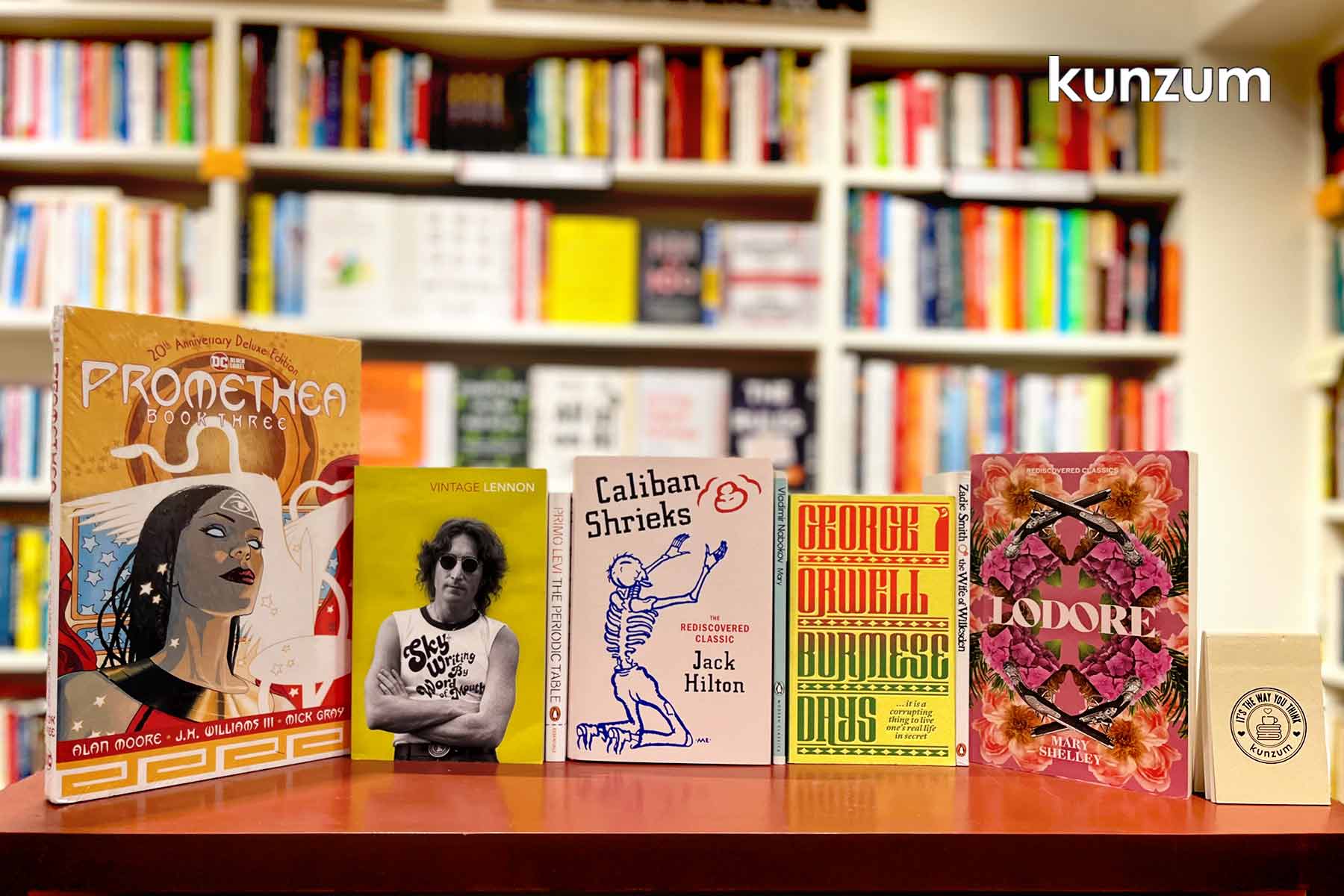
We are deeply excited about this reading list, for fair reason. And you should be excited as well, for fair reason. For we are discussing unknown gems, like romances from Frankenstein author Mary Shelley to a screenplay by the daddy of existentialism, Sartre, or even books filled with poetry and illustrations by John Lenon, that are sure to make your literary minds squeal with joy. Discovering key artefacts in the oeuvres of the greatest artists of all time, this is “10 Unknown Gems By Known Authors.”

Lodore by Mary Shelley
Lodore or The Beautiful Widow, a break from the gothic horror of Frankenstein, gives us a Mary Shelley who is invested in the exploration of the familial, with a focus on women that can be optimistically traced to her mother, Mary Wollencraft (of A Vindication of the Rights of Women fame). Published in 1835, it centres on the aristocratic Lodore family, specifically the lives of the wife and daughter after the sudden (post-duel) death of the patriarch. Navigating grief, as well as the financial and legal chaos attached, Shelley’s isn’t a typical domestic drama. With a keen eye for the practical and a critical perspective on the power dynamics within social structures, this novel’s coolness lies in its subversion. Shelley, known for her monstrous creations, here tackles a more personal horror: the restrictions placed on women. The story unfolds as the Lodore women fight for independence in a world that confines them. It’s a captivating exploration of resilience and defiance, a stark contrast to Frankenstein’s monstrous turmoil.

Wife of Willesden by Zadie Smith
While Zadie Smith may be known for her postmodern and multicultural White Teeth and NW, her play, The Wife of Willesden, is a lesser-known hidden gem. A witty reimagining of Geoffrey Chaucer’s classic character, the Wife of Bath, Smith’s Wife of Willesden is a top-down revamping of the boisterous and endlessly witty Canterbury Tales for a contemporary audience. Step into a bustling North London pub and meet Alvita, a Jamaican-born woman in her fifties who captivates a group of strangers over a round of beers. Once-a-pilgrimage-now-a-pub-crawl, Smith’s narrative takes us to a 21st century ‘Wife’ and the tales of her five marriages, each recounted with hilarious detail and a healthy dose of self-assuredness. Tackling themes of femininity, sexuality, and societal expectations with the sharp tongue that is at the core of Chaucer’s wonderful heroine, Smith introduces a blend of London slang and Jamaican patois to her Alvita. A shorter work compared to her other novels but a remarkable introduction to her brilliance, Smith’s humour and insightful commentary make this play a thoroughly enjoyable read.
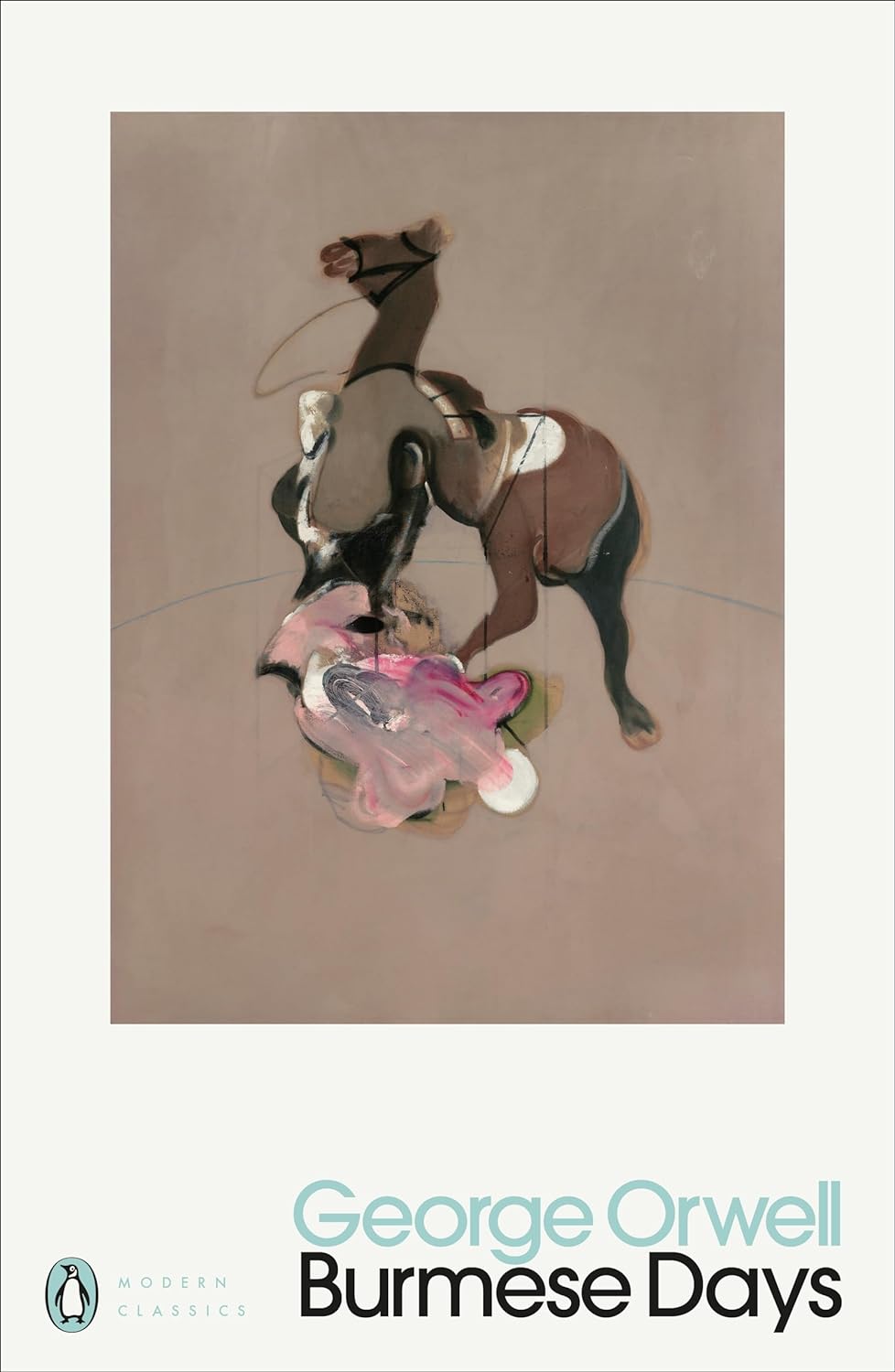
Burmese Days by George Orwell
From the author of 1984 comes a forgotten gem that showcases Orwell’s brilliant repertoire, Burmese Days. Set in 1920s colonial Burma, it weaves a tale of John Flory, a disillusioned Englishman trapped in a society fueled by prejudice. The British elite, including Flory himself, grapple with a dying empire while exploiting the Burmese people. Through Flory’s yearning for connection with a young woman, Elizabeth, and his friendship with an ostracised Indian doctor, Orwell paints a scathing portrait of colonialism’s corrosive effects on both the coloniser and the colonised. Despite its lesser-known status, Burmese Days offers a thought-provoking exploration of power, bigotry, and the yearning for belonging within the mighty context of English imperialism and colonisation.

Mary by Vladimir Nabakov
For fans of Nabakov’s writing comes an underrated recommendation and another one of his eponymous heroines, Mary, his debut novel that contains a poignant exploration of first love and loss. The story unfolds in a Berlin boarding house filled with quirky Russian emigrés, where Lev Ganin, a displaced Russian officer, grapples with the past. A chance encounter takes him to Mary, his childhood sweetheart, now the wife of his grumpy neighbour. As the prospect of a reunion with Mary forces him to confront the gap between his idealised past and the harsh realities of exile, the narrative offers a critical examination of the lives of Russian immigrants, delving into Bergsonian notions of time and memory as well as the philosophy of solipsism. A must-read for all Nabakov fans!
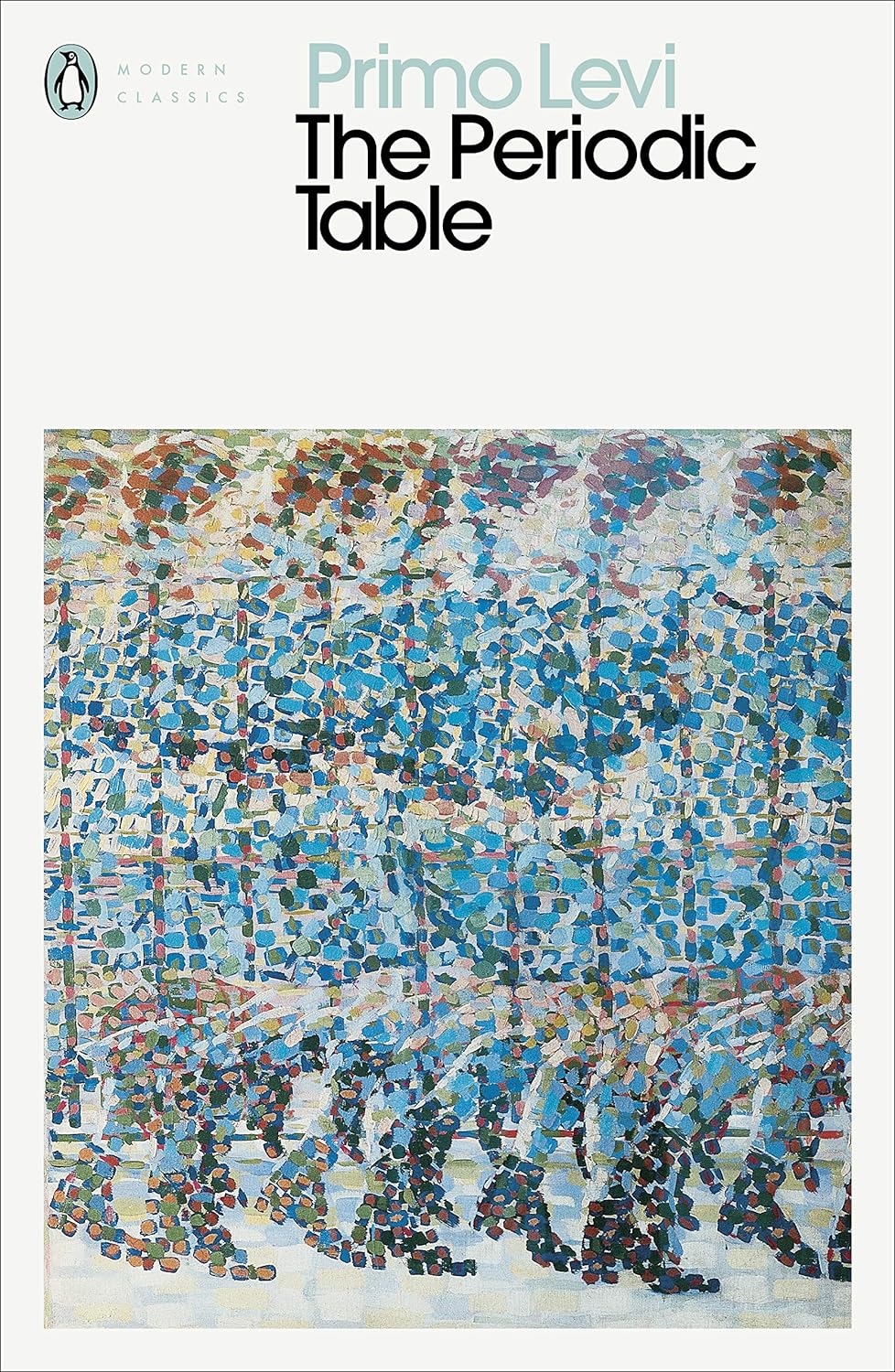
The Periodic Table by Primo Levi
While Levi’s oeuvre is dominated by his Holocaust-centric biography, If This Is A Man, one must also attend to his short story collection The Periodic Table, exploring his experience as a Jewish-Italian doctoral-level chemist living in Fascist Italy. Named ‘One of the Best Science Books Ever Written’ by the Royal institute of Great britain in 2006, this collection of 21 stories, each named after an element in the table, offer autobiographical flashes chronologically arranged. More than a traditional memoir, each chapter explores a slice of Levi’s life, tracing his life as a young chemist threatened by the prospect of war to a man numbed by the reality of Nazi occupation, finding solace in science and humanity. Marked by his characteristic simple, elegant and thoughtful prose, The Periodic Table is a powerful testament to the endurance of the human spirit, while being a wholly original collection of short stories.
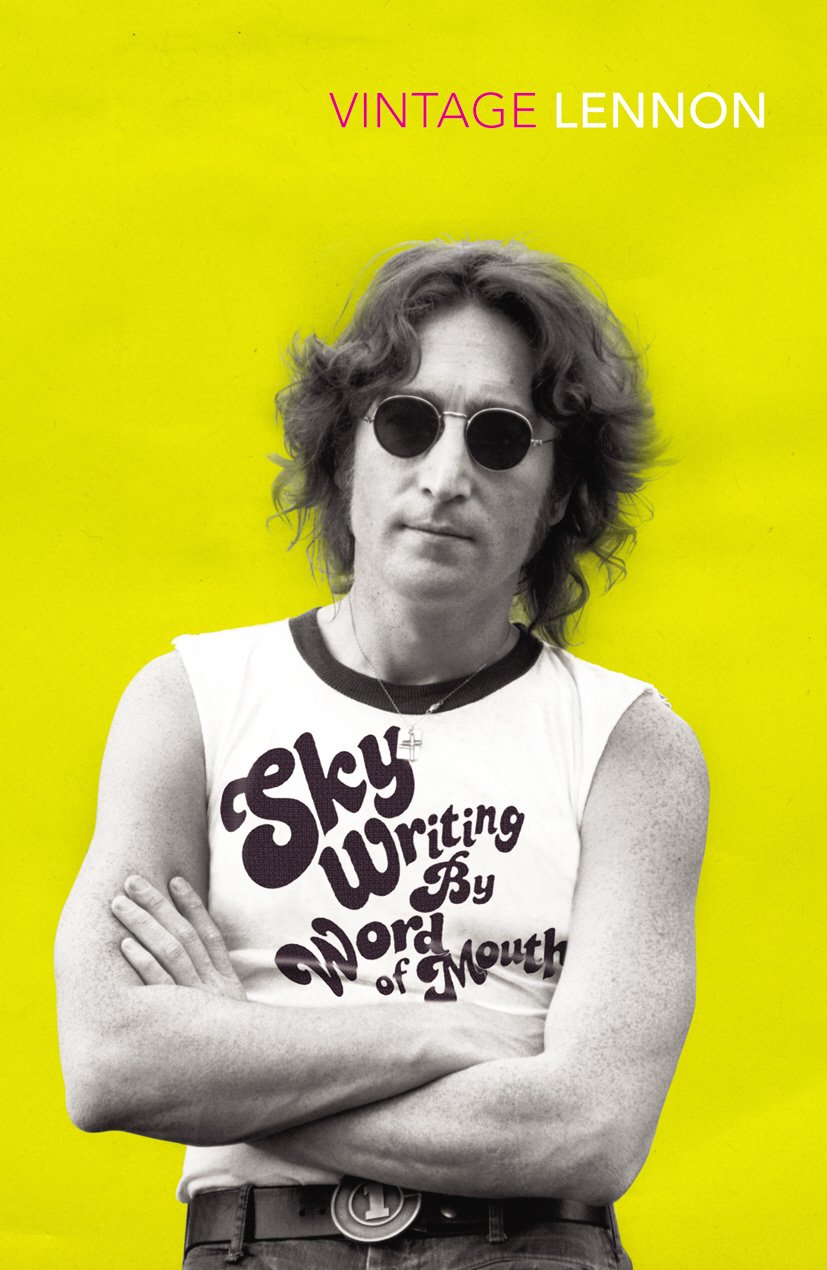
Skywriting by Word of Mouth by John Lenon
In an interview with Playboy in 1980, Lennon talks of a book he worked on. “At one point [during his five-year “retirement” from music]… I wrote about two hundred pages of mad stuff.” These pages were reportedly stolen from his house, and then published by Yoko Ono after his death. This is that manuscript.
While not a household name, despite its great title, Lennon’s last book, filled with miscellaneous writings and quirky illustrations, is distinct in its intimate, almost autobiographical, exploration of the musician’s creative mind. Padded by an afterword by Yoko Ono, Skywriting contains playful poems like “Demented in Denmark” and “Nobel Peace Prize Awarded to Killer Whale,” as well as Lenon’s autobiographical account: “The Ballad of John and Yoko.” For all Beatles fans, fans of Lenon, or even fans of the whimsical, this collection offers a wild ride through the era-defining musician’s imagination,offering a unique perspective on the world and a chance to connect with the artist behind the iconic music.
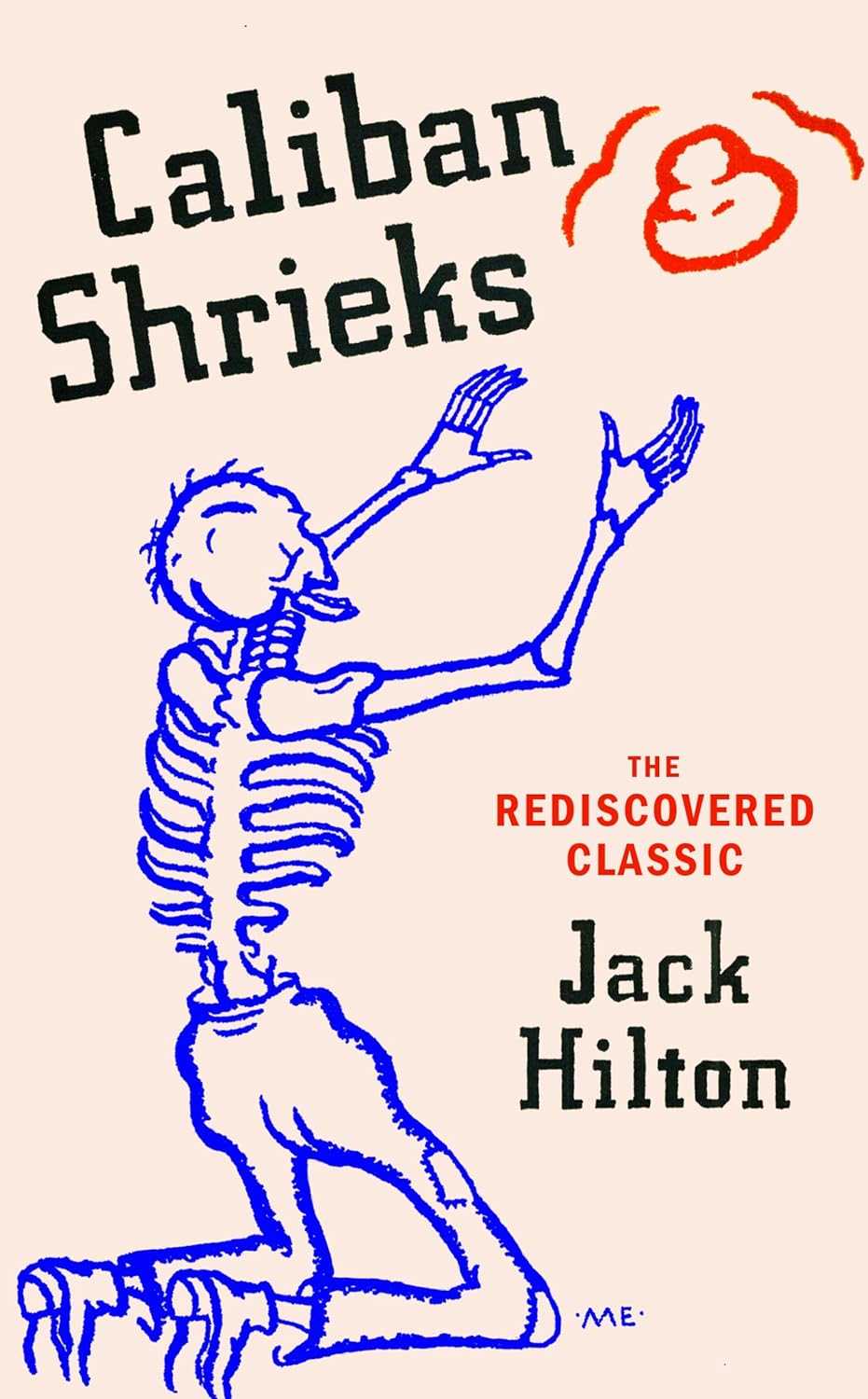
Caliban Shrieks by Jack Hilton
In addition to manuscripts lost and discovered, comes Caliban Shrieks, a rediscovered gem of 1930s British literature. Chronicling the life of a working-class man, born in the early 20th century, through a lyrical lens, the novel depicts Hilton’s stark transition from a free, if impoverished, childhood to the harsh realities of factory work and war. Hilton was a British ‘outsider’ novelist (self-trained, and untutored in the traditional principles of writing), who was eventually adopted and recognised within the canon of modernist writing for his experimental, semi-autobiographical and introspective style. A slum-dwelling man who worked at the cotton mills at 11, came to be enlisted in the First World War and lived a life of vagrancy thereafter, he wanders a broken England, yearning for a better life. Lost for decades, the book resurfaced as late as 2022, hailed as a “working-class masterpiece”, praised by Orwell for providing his readers with “a notion of what it feels like to be poor”, capturing the “voices of the innumerable industrial workers whom he typifies.”
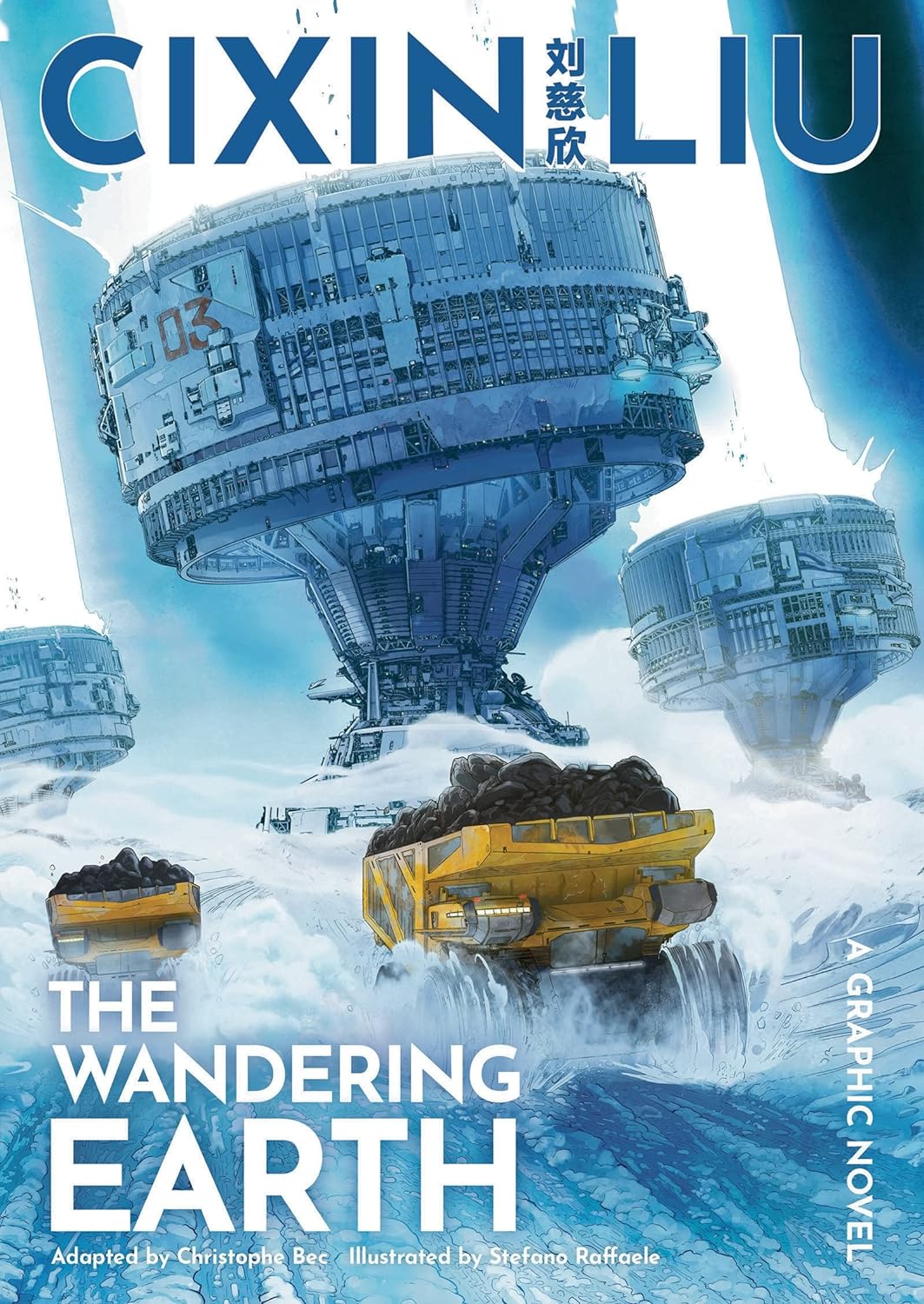
The Wandering Earth by Liu Cixin (graphic novel)
Calling all fans of The Three-Body Problem: this is a brilliant graphic novelisation of sci-fi author Liu Cixin’s riveting novella, The Wandering Earth, a gem that is yet to be discovered by common and popular knowledge. Blasting you into a future where the sun’s dying breath threatens to engulf Earth, where fleeing to another star isn’t an option, Cixin thrusts its readers into yet another compelling and urgent dystopian context. Adapted from Cixin Liu’s award-winning novella, this graphic novel brings to life a humanity united by a desperate struggle for survival, offering a visually stunning tale of sacrifice, ingenuity, and the fight to preserve our homeworld.
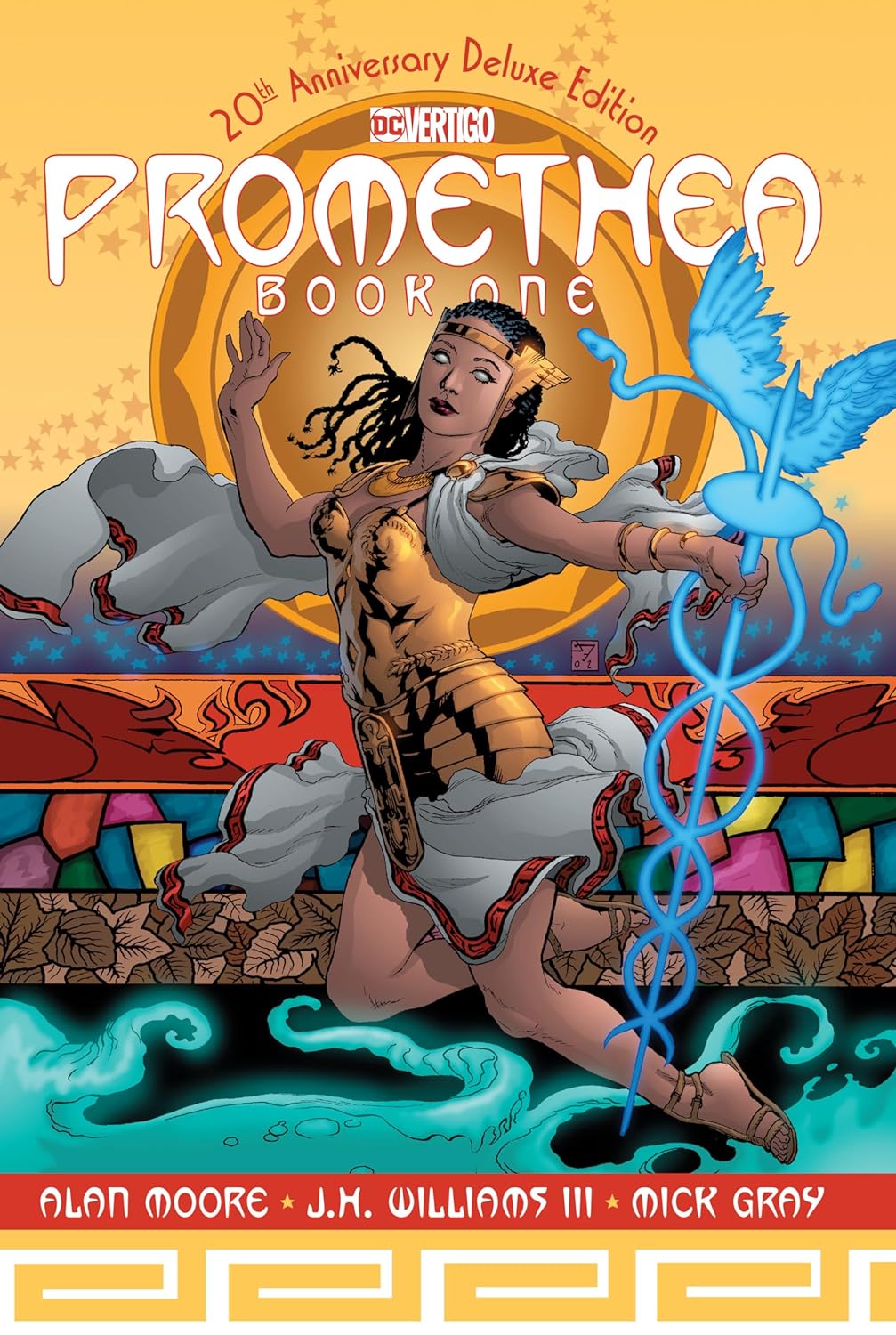
Promethea by Alan Moore (graphic novel)
Attention: All fans of Moore’s Watchmen and V for Vendetta, welcome to Promethea, a riveting graphic novel series that blends mythology with mysticism and magic! A mind-bending graphic novel that blends superhero action with philosophical exploration, it takes you to protagonist Sophie Bangs, a college student who stumbles upon the legend of ‘Promethea’, a mythical warrior woman. As Sophie delves deeper, the line between reality and imagination blurs, and she finds herself transforming into the mythic heroine, wielding immense power tied to the very fabric of stories. Illustrated by the award-winning J.H. Williams III, each issue showcases a unique visual style, weaving a stunning and complex narrative that is a must-read for fans of imaginative fiction and those seeking a comic that challenges the boundaries of the medium.
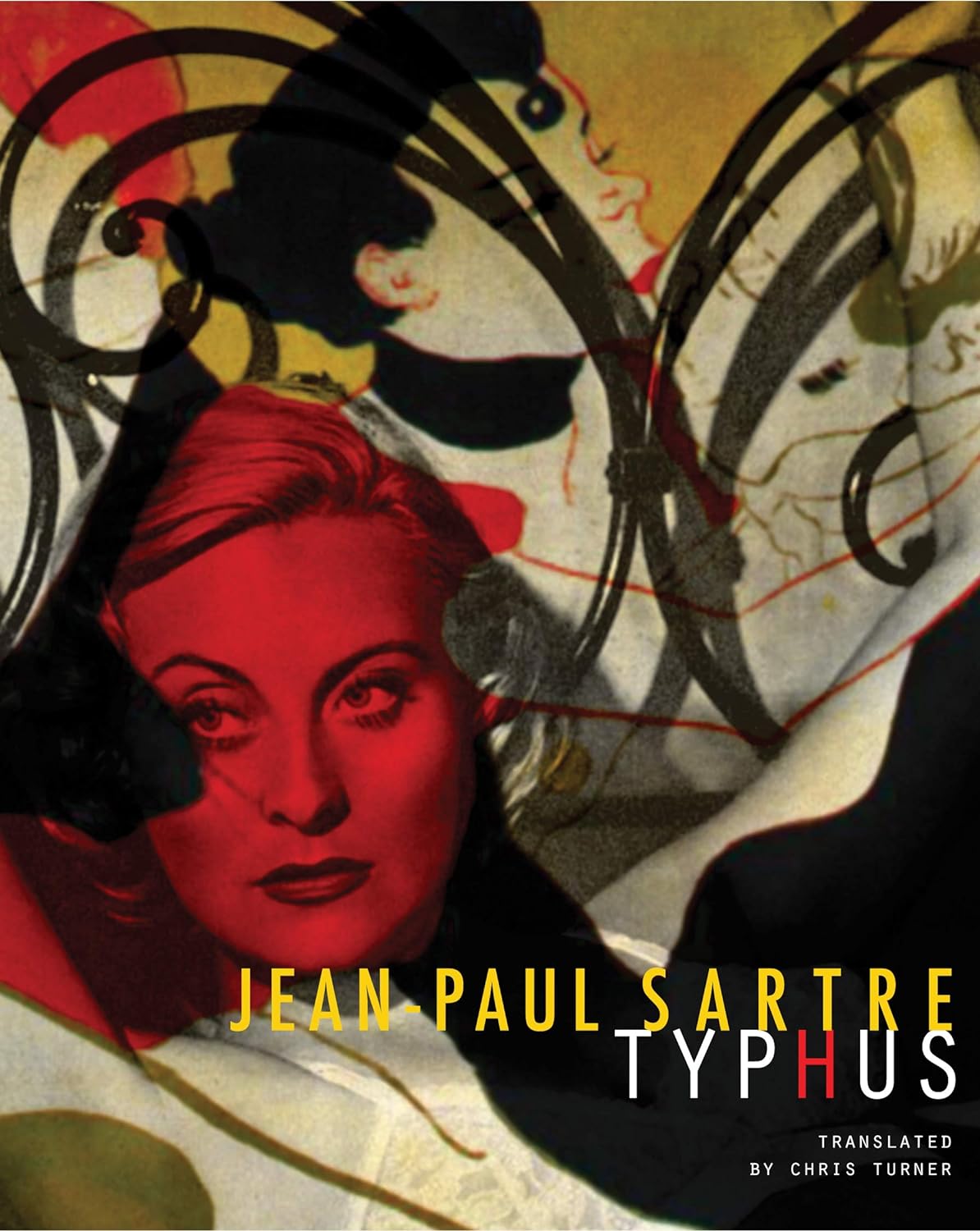
Typhus by Jean-Paul Sartre
Unearthed after decades, Jean-Paul Sartre’s lost screenplay, Typhus, is a cinematic gem waiting to be discovered. Set in colonial Malaya amidst a raging typhus epidemic, it’s an unlikely love story from the author of Nausea and Being and Nothingness. A disgraced doctor, Georges, finds himself drawn to Nellie, a down-on-her-luck nightclub singer. As their bond deepens in the face of illness and societal decay, existential questions about purpose and redemption arise, which really should be expected from any Sartre manuscript. Sartre, the philosopher of freedom, explores human connection in a desperate situation through a tale of love, loss, and the fight for meaning in a world ravaged by disease. Typhus is a hidden gem for fans of classic cinema, existentialist thought, and philosophy-ridden romances.
Pick up any of these 10 Unknown Gems By Known Authors from any Kunzum store or WhatsApp +91.8800200280 to order. Buy the book(s) and the coffee’s on us.
